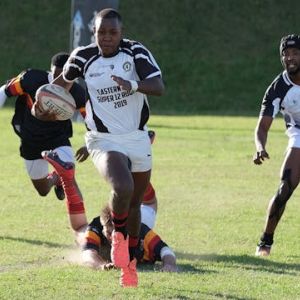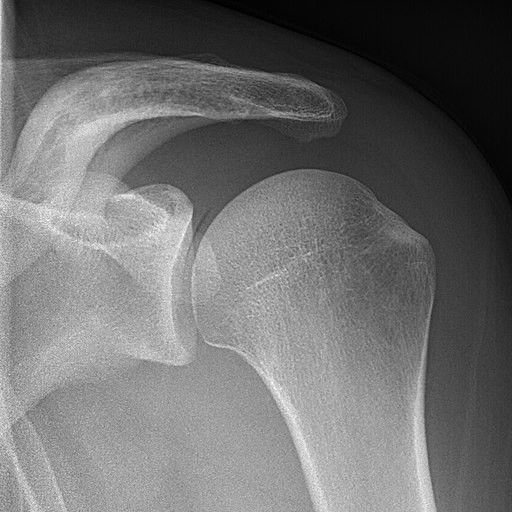
Shoulder
Conditions
Dr Steven Frederiksen is an orthopaedic surgeon who specialises in shoulder surgery. He will assess your shoulder condition and image appropriately. Very often, continued nonoperative management is undertaken with options such as activity modification, simple medications and supplements, physiotherapy and injections. A particular focus is optimising the mechanics of the shoulder as both a means of rehabilitation and also for injury prevention. When appropriate, a joint decision is made to progress to surgery.
Next are some common shoulder conditions that Dr Frederiksen manages, please click on the links to access further information on each condition from the American Academy of Orthopaedic Surgeons website.
- Impingement and subacromial bursitis
- Rotator cuff tears
- Arthritis of the shoulder and AC joints
- Acromioclavicular (AC) joint injuries
- Fractures and trauma to the clavicle, scapula and humerus
- Sternoclavicular (SC) joint conditions including trauma, arthritis and infection
- Undiagnosed pain
If you are experiencing any of the above conditions and would like to arrange an appointment with Dr Frederiksen, please contact your GP to request a referral.
Shoulder Instability and Dislocations
The Glenohumeral, or shoulder joint is an open ball and socket joint made up of the glenoid, or socket, which is made deeper by a fibrocartilage ring (Glenoid labrum), stabilising capsule and ligamentous structures and secondary stabilisers such as the long head of bicep and rotator cuff tendons. Because of the large range of motion required for function, the shoulder is inherently lax and prone to instability or dislocation. A ligamentously lax or flexible individual can be more prone to instability.
Instability can be subtle, such as with pain with use, or with a presentation of a burner or stinger on contact, or obvious with dislocation. Any younger individual presenting with “bursitis” is a case of instability until proven otherwise.
With instability injury can occur to the labrum or socket (terms, boney or soft tissue bankart lesion) or even impaction of the humeral head on the socket (Hill Sachs lesion). Injury to these structures does increase the risk of reinjury.
The risk of reinjury is more prevalent in young people, contact or overhead athletes as well as professional athletes or military members.
If required, stabilisation occurs arthroscopically with labral repair and tightening of the stabilising ligaments. Any injury to the biceps insertion (superior labrum, SLAP tear) is also addressed. In circumstances of loss or fracture of glenoid bone, recurrent instability with failure prior surgery, or special cases in contact athletes, a boney procedure (Laterjet procedure) may be undertaken. This involves the transfer of bone and tendon to the socket, through the subscapularis muscle and with repair of labrum and capsule.

AC Joint Pathology
AC Joint Injury
The AC joint is commonly injured with falls onto the point of the shoulder. This can result in the disruption of stabilising structures such as joint capsule, ligaments and boney structures. With increasing severity of injury there is a progression of failure of those structures and a presentation of pain, swelling and eventual deformity. The AC joint itself may stay intact with fracture then at the adjacent lateral clavicle.
Traditionally nonoperative management has been undertaken in most AC joint injuries. Within the recent past, there has been a trend for early surgical stabilisation of the moderate grade injury (“grade 3” injuries where the clavicle is often seen as prominent).
AC Joint osteolysis is a painful condition often occurring in heavy and repetitive overhead lifting activity.
AC Joint Arthritis
The AC joint is prone to arthritis from both injury and repetitive load, particularly overhead. Often the arthritis is asymptomatic and with a boney prominence noted at the superior aspect of the shoulder. Sometimes a click will occur with lifting overhead or other movements. If symptomatic, pain and tenderness will occur locally at that site and particular movements, such as lifting overhead, reaching across the body or reaching to the back for toileting or fastening a bra.
Diagnostic confirmation of the source of pain can be undertaken with the use of a guided local anaesthetic and corticosteroid injection. If nonoperative measures fail, and with ongoing severe and limiting symptoms, excision of the AC Joint may be indicated.